Located in the Kollam District of Kerala, the Kottankulangara Devi Temple is a centuries-old temple dedicated to the Goddess Vanadurga. The idol is believed to have self-manifested, and its sanctum sanctorum does not have a roof. But the temple is most well-known for its extraordinary festival called “Chamaya Vilakku,” where people of all genders dress up in traditionally feminine clothing, to propitiate the Goddess. This one-of-a-kind festival draws in devotees from across the globe who come to pay homage to the deity and partake in the festivities.
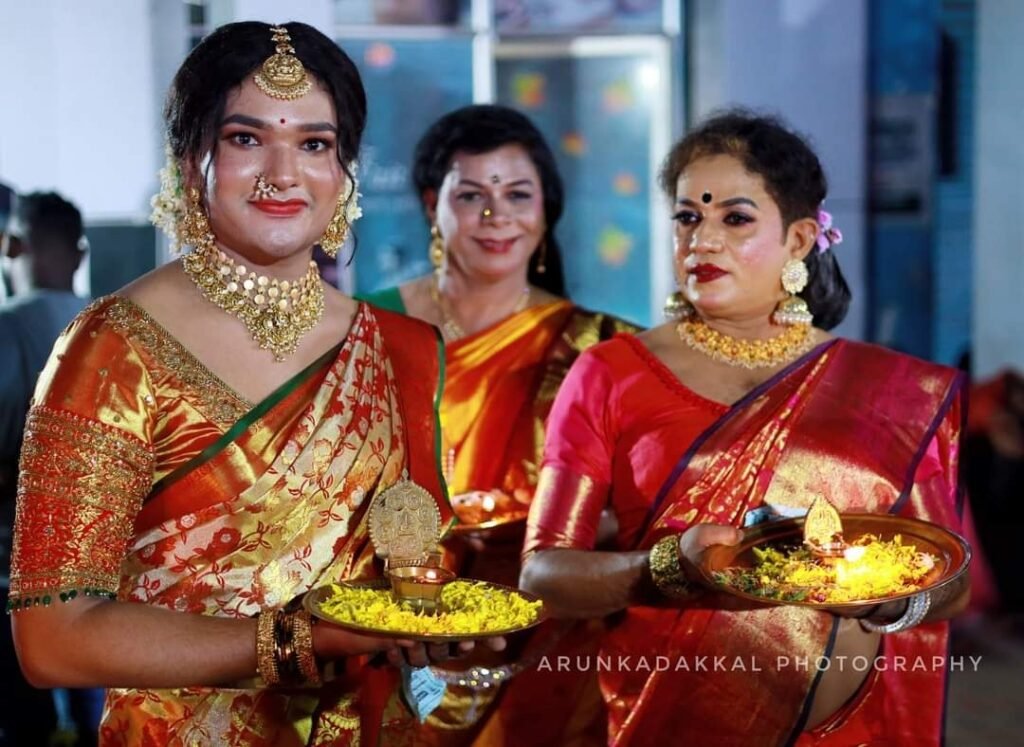
It is held in the Malayalam month of Meenam (corresponding to the zodiac sign Pisces) and derives its name from the Malayalam words “Chamayam” (dressing up with makeup and jewels), and “Vilakku” (lamp). The festival commemorates a ritual in which a lamp is placed in the temple. Thousands of devotees, including foreigners, flock to the temple to participate in the two-day festival.
This custom is held as an offering or carrying out a promise made to the Goddess in return for wish fulfilment. Men of all ages and people from other genders participate in this cultural practice, and are referred to as “Ammas” or “Purushaanganas.” They come to the temple at night in a long procession, carrying lighted lamps in their hands, and wearing traditional women’s clothing such as sarees or lehenga, or dance costumes.
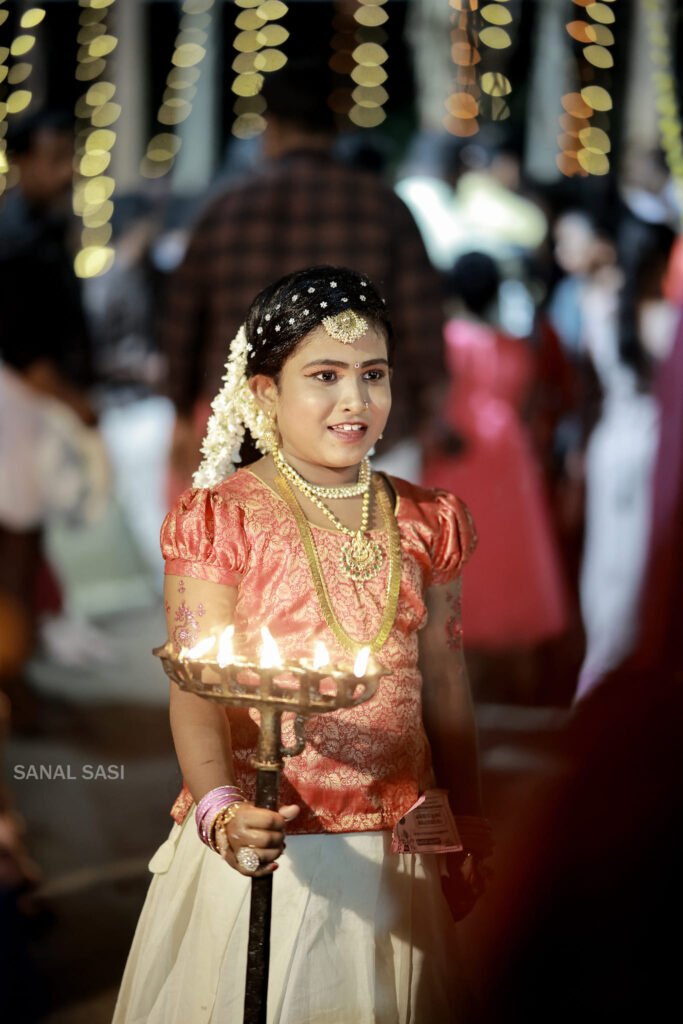
The temple also offers a variety of services to help devotees embrace their feminine side and transform into traditionally feminine personas. There are shops on the temple grounds that sell bangles and jewellery, and beauty parlours where men can get their hair and makeup done, and get photographed. The festival is a family affair, with children and family members accompanying the men and marvelling at their stunning transformations.
According to local legend, the temple was built on a piece of land that was once a lush forest with abundant flora and fauna, with a small pond called Bhutha Kulam in the northwest corner. Local teenagers used to bring their cattle here to graze on the fresh grass. One day the cowherds found a coconut and decided to break it open on a stone on the south side of the pond. However, as they struck the coconut on the stone, drops of blood appeared on it. Terrified by this strange phenomenon, they rushed back to the village and informed the adults.

An astrologer was consulted and he concluded that the stone possessed supernatural powers associated with Vanadurga. He advised that a temple should be constructed and pujas conducted immediately. A temporary temple was erected using coconut wood and thatch, and the worship of the Goddess began.
In those days girls used to carry garlands and lamps to family temples. Inspired by this, the cow herders dressed as women and started going to this temple. It was also decided that the offering to the Goddess would be made of crushed coconut. So, they prepared ‘Kottan’, a dish made from boiled coconut milk and the oil squeezed out of it. Thus, the temple was named Kottankulangara, with “Kulangara” referring to the bank of the pond. The pujas have been held without interruption since then and continue to this day.
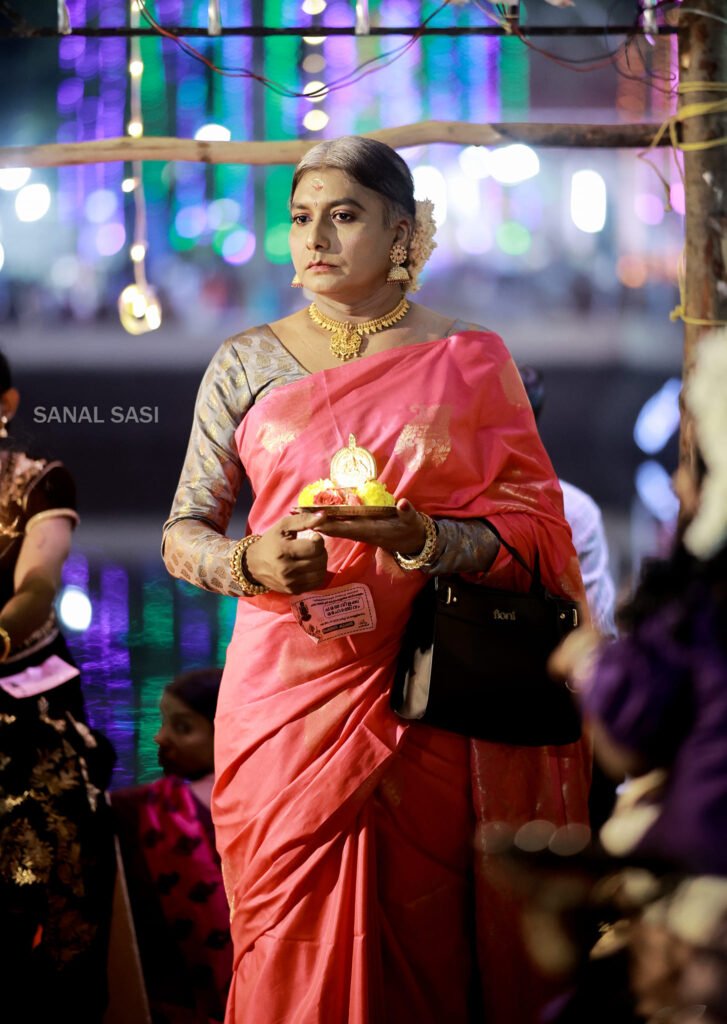
To commemorate the origin and legend of the temple, a replica of the ancient temple is built every year using tender coconut leaves, known as “Kuruthola Panthal”. The gold idol of the Goddess is adorned and placed on an elephant, and taken as a procession with traditional music. This “Jivata Ezhunnallathu” procession draws a long queue of devotees who believe that watching the journey of the Goddess helps them attain happiness and overcome unexpected miseries in life.
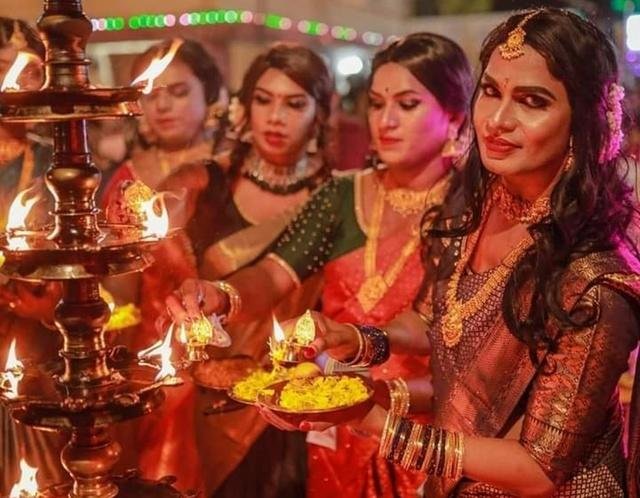
The Kottankulangara Chamayavilakku is not just a celebration of a single temple, but a unique and inclusive festival that celebrates feminine beauty; a day when handsome men (Purush) transform into beautiful women (Angana). The festival is significant for transgender individuals and other genders who may not identify with the gender binary, as it creates a space where individuals of all genders are recognized and celebrated without prejudice. The temple and festival organizers have implemented initiatives to promote inclusivity, such as offering reduced-price or free services to help devotees transform their appearance.
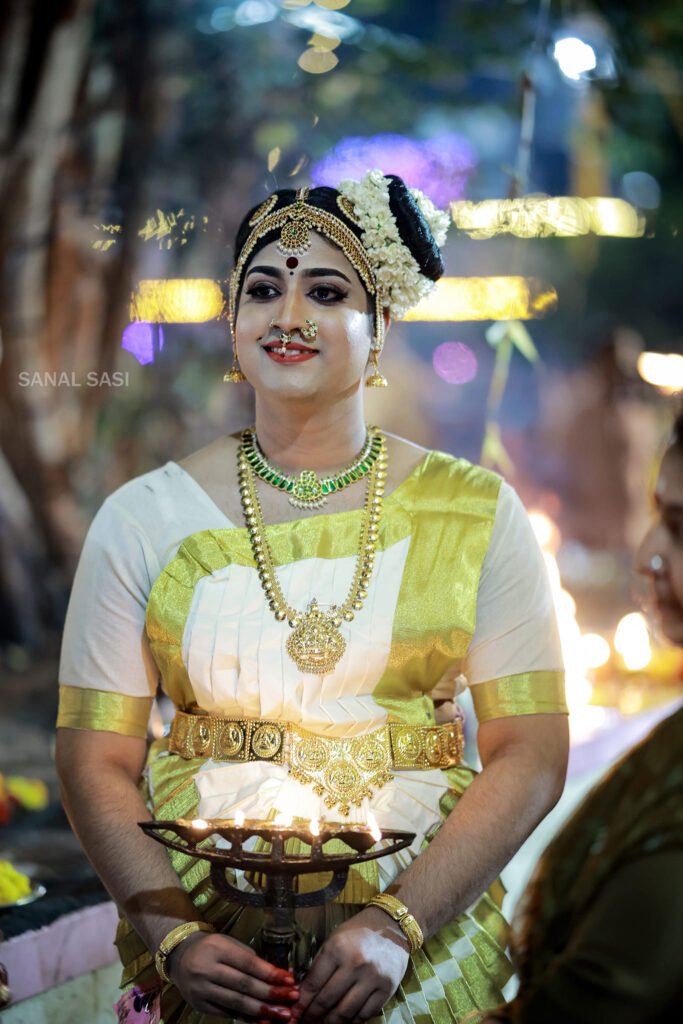
It is a fascinating amalgamation of tradition, mythology, and culture; an experience not to be missed by those seeking the rich cultural heritage of Kerala.
(Picture Credit: Sanju Sadanandan and Sanal Sasi)
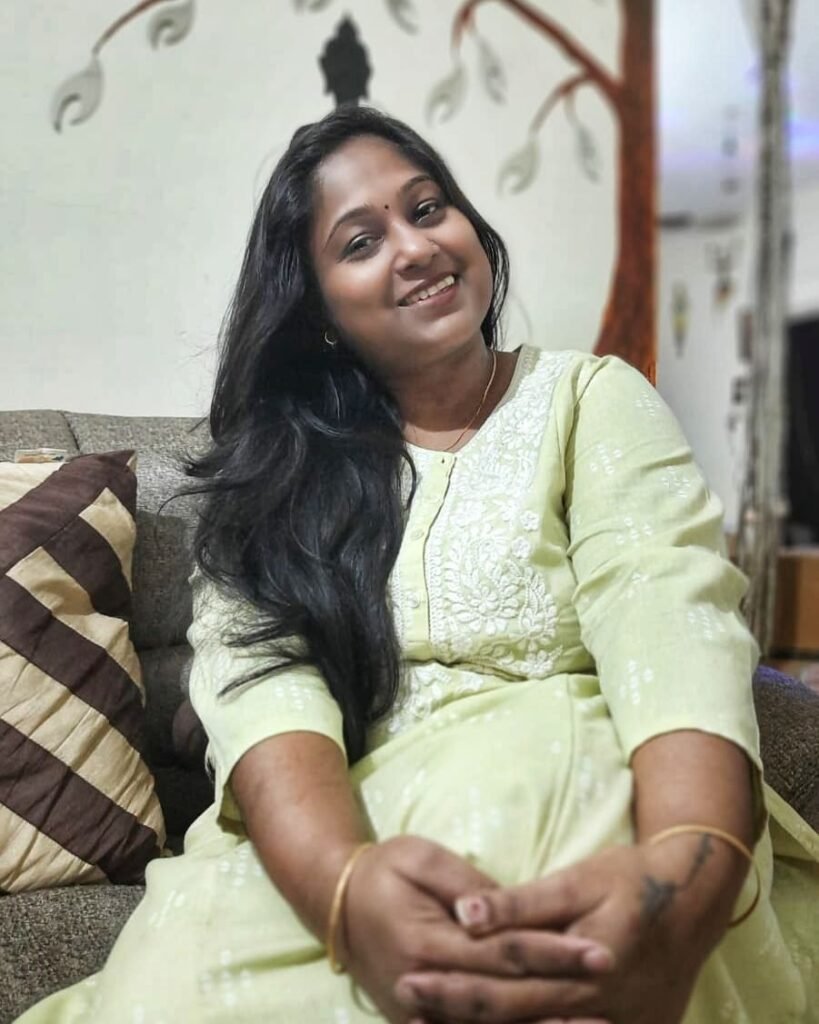
By Deepa Perumal
Deepa Perumal is an MBA student & management professional, and a passionate advocate for women’s empowerment. As a career mentor, entrepreneur, and multilingual author, she shares her insights through blogging and writing features on history, world cultures, travelogues and memoirs. Contact her at deepabperumal@gmail.com





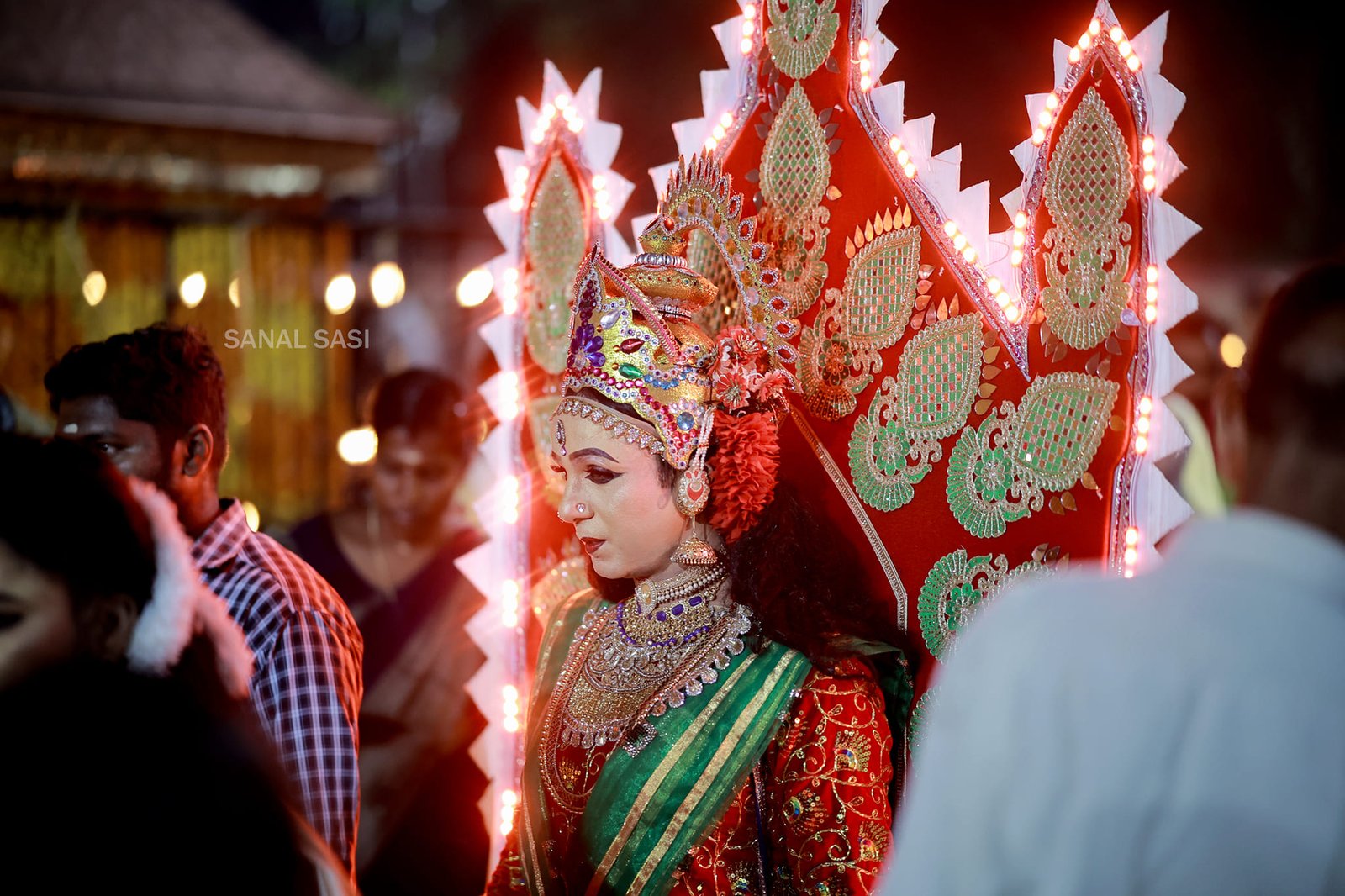

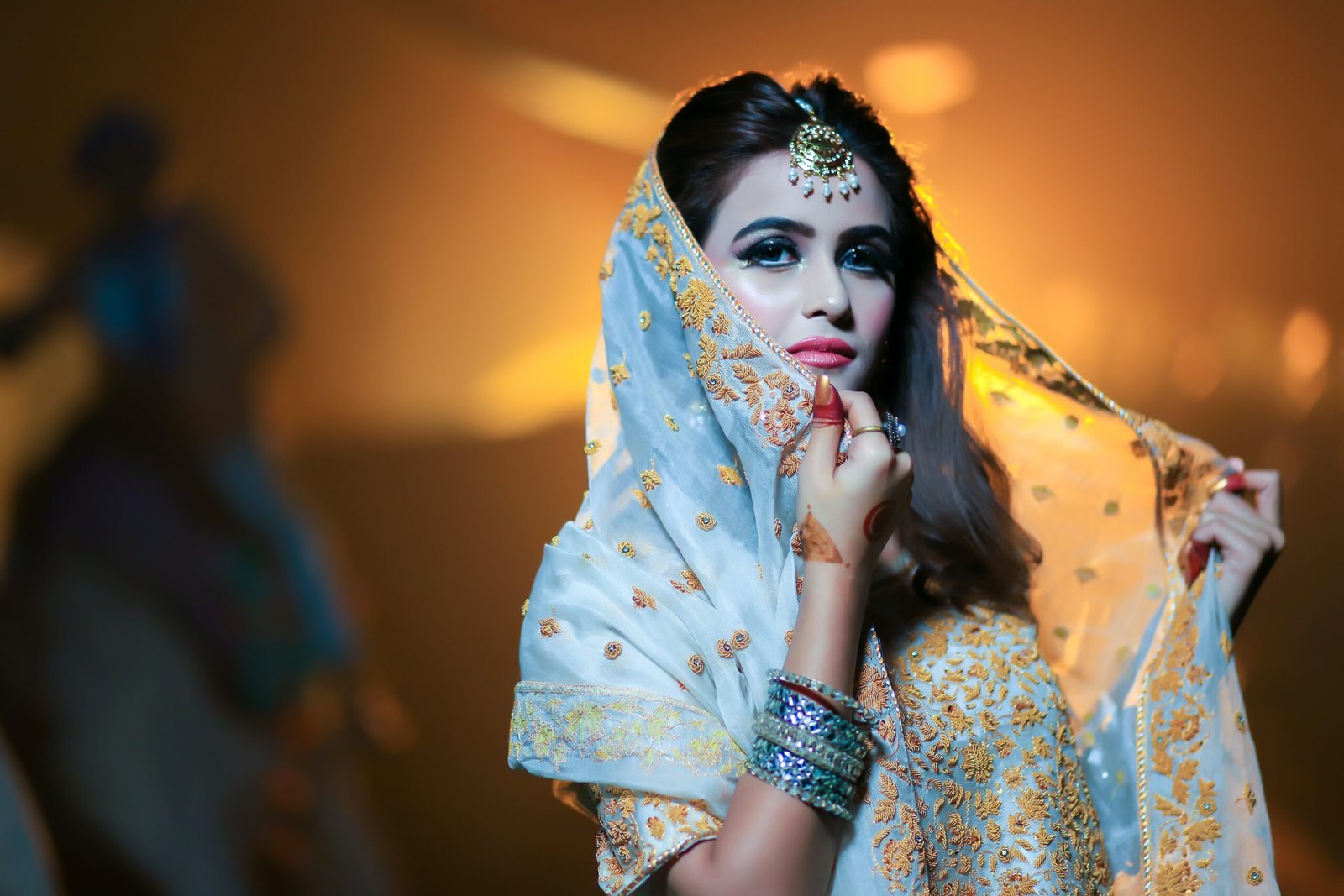
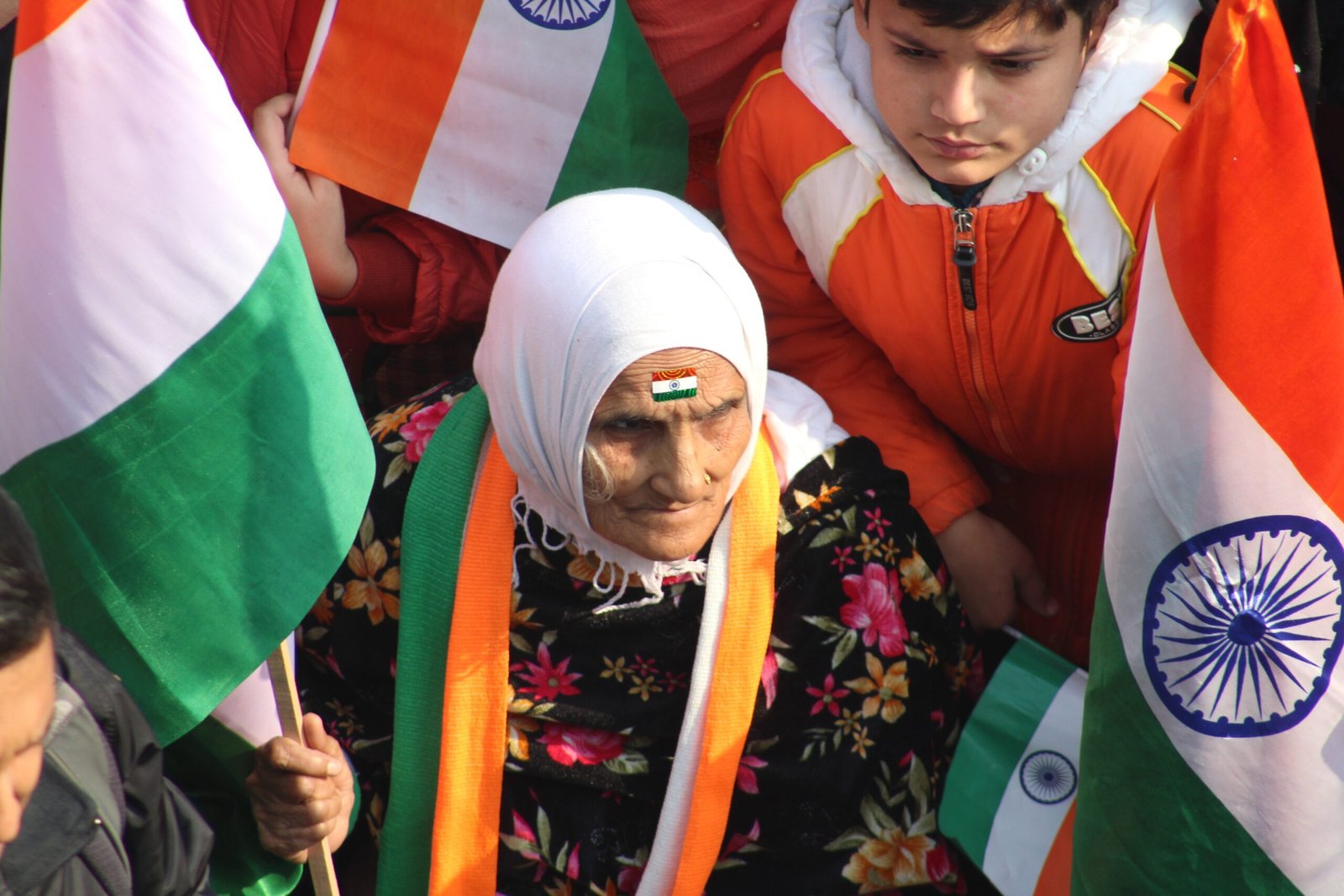
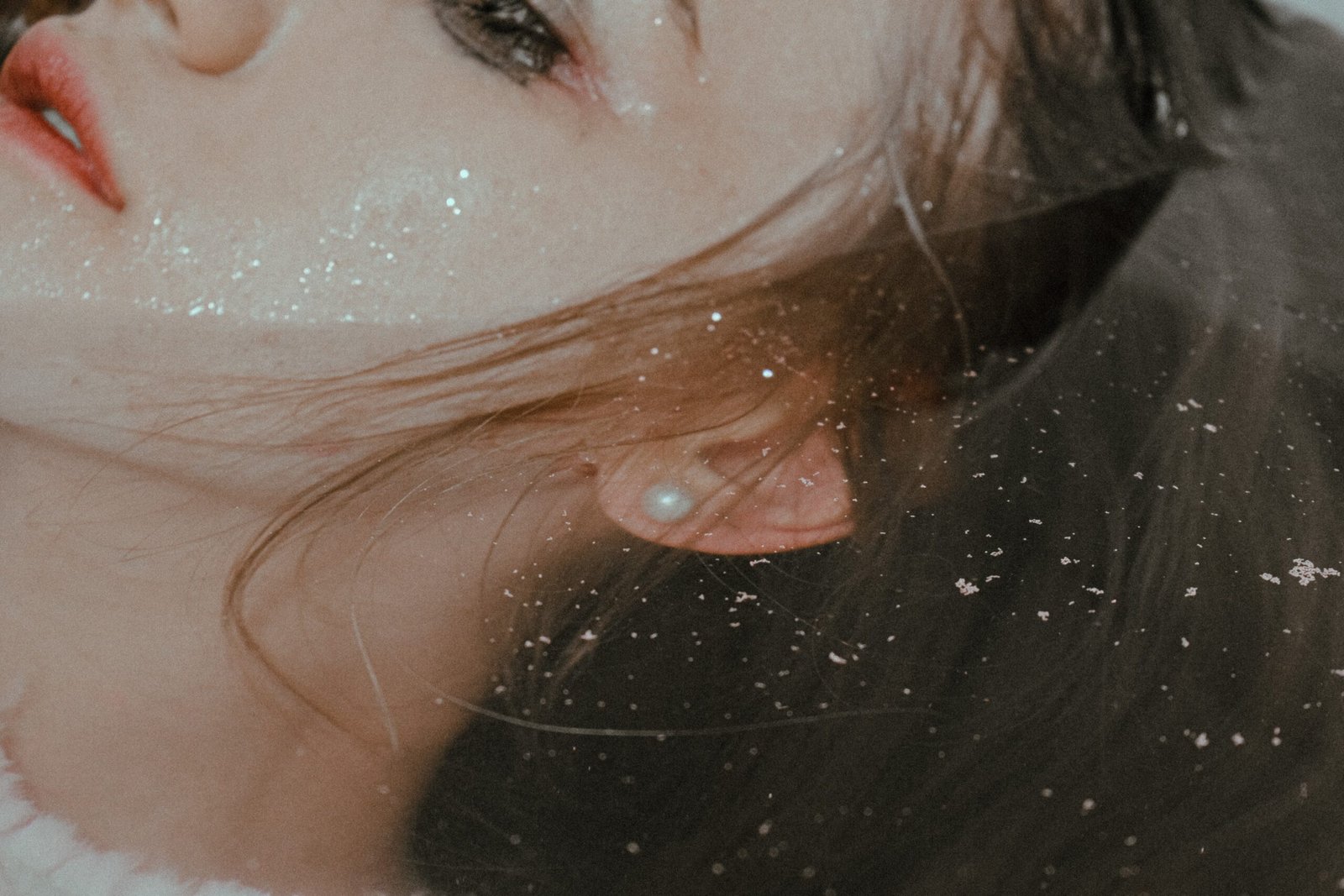

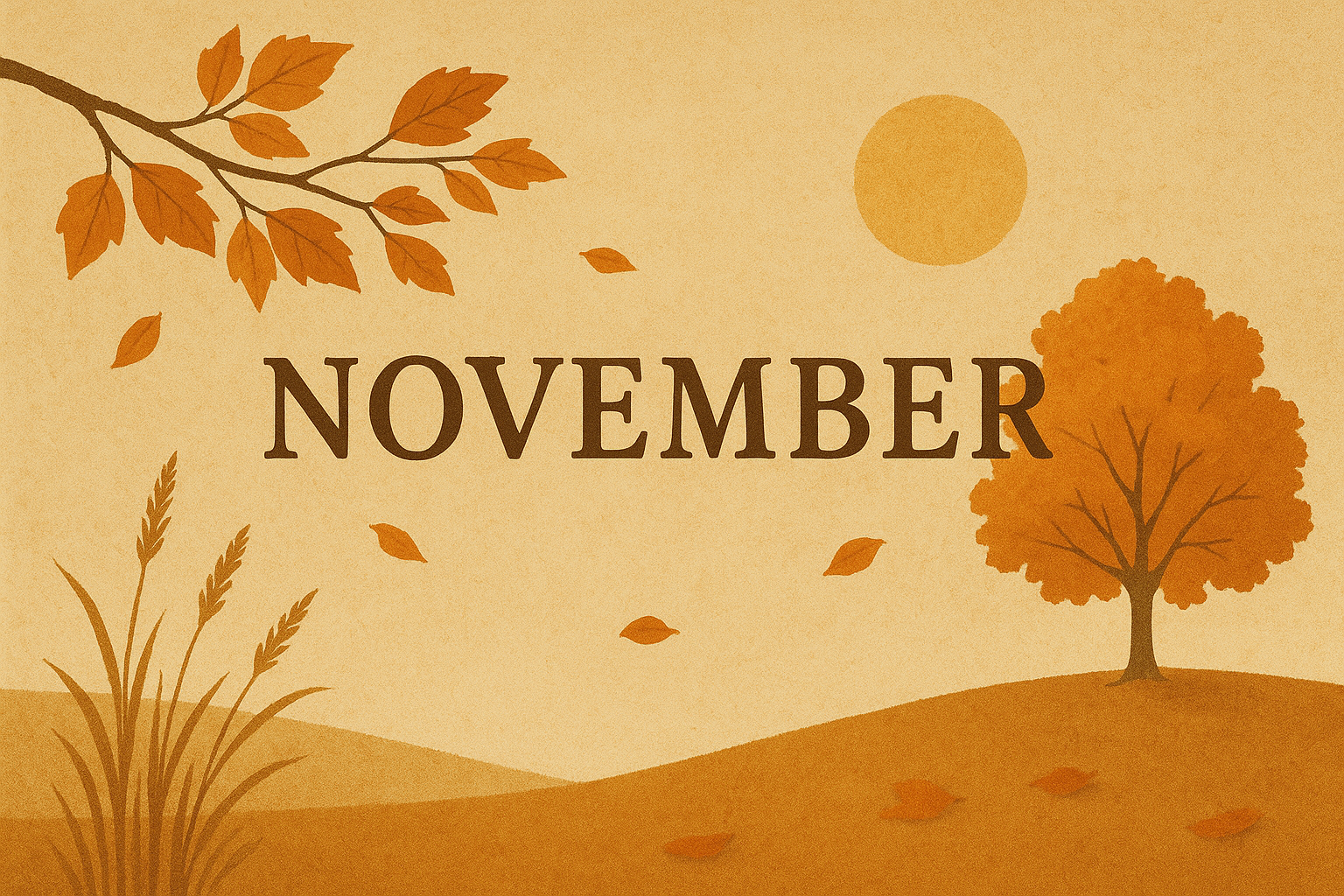


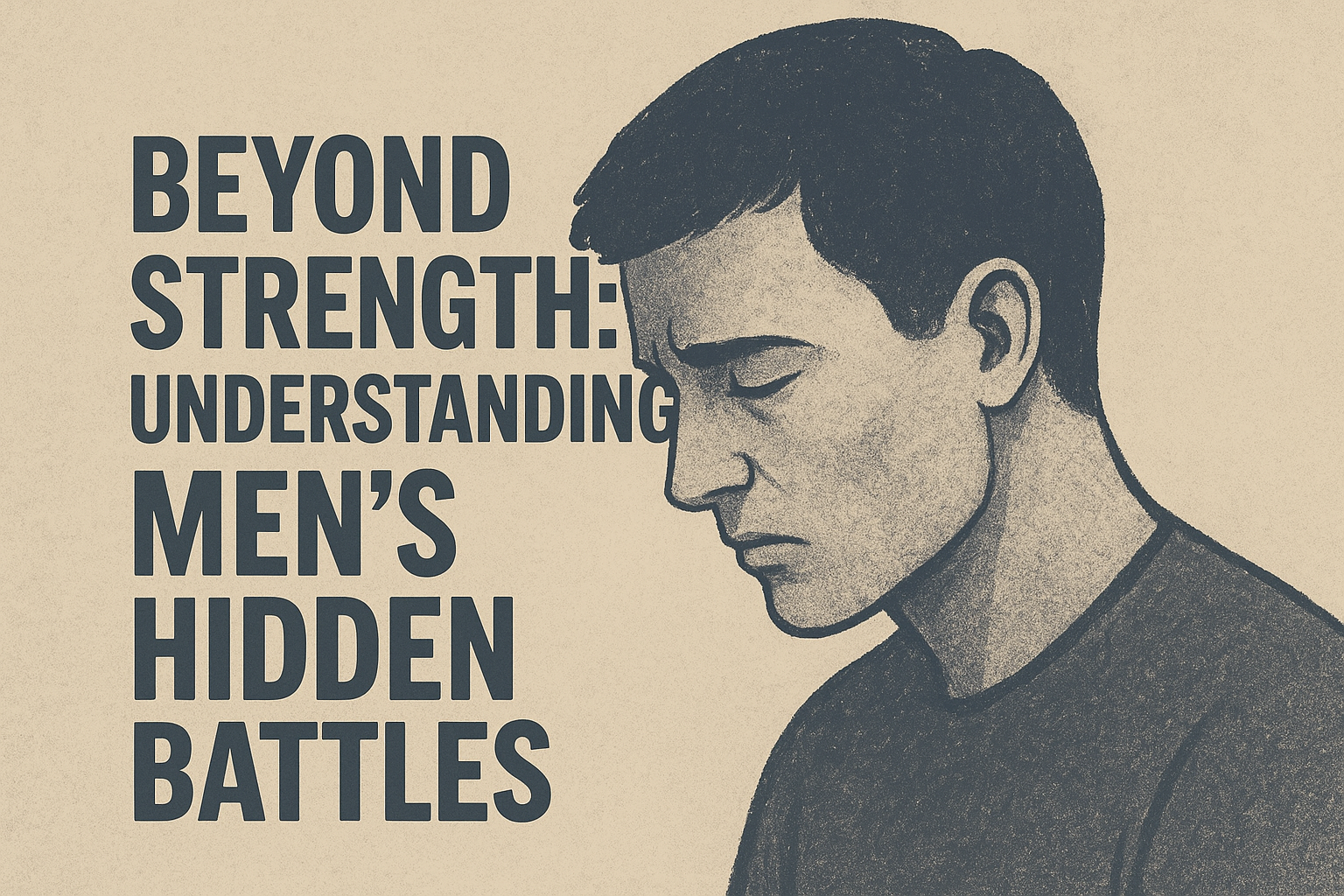
8 Responses
Deepaji,Thanks for sharing the wonderful story…Well written 👌🏻…in our place we call kakkan instead of kottan.
Oh, thats interesting bit of info. Thanks dear 🙂
Nicely written Deepa
Thank you for the kind words, Jayasree ! 🙂
Deepa…We are really proud of You …. Such a fascinating write up … India is the blessed spiritual centre of the world but nobody knows that… Deepaaa please continue writing about the multifaceted traditional customs and practices of our homeland…May Bhagavan’s Grace be showered upon You dear…🙏🏾🙏🏾🙏🏾
Humbled by your constant support and love, chakkare <3
Beautiful write up Deepa. it’s really interesting to read and understand the details of this festival ❤️
Thank you so much! I’m glad that you found it informative. 🙂